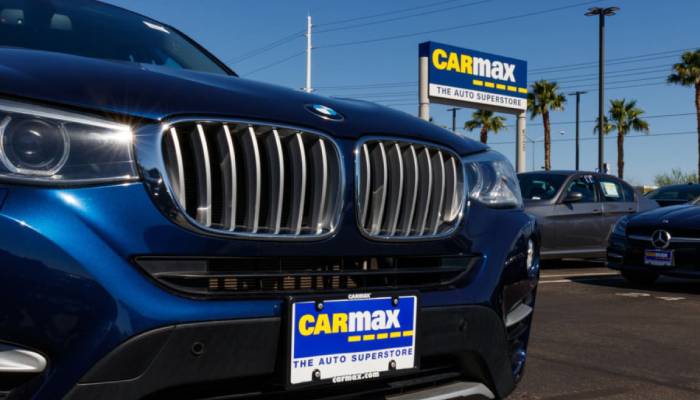In recent years, used automobile prices have been all over the place, with some used models exceeding their new MSRPs as demand skyrocketed and supply dropped. While that scenario appears to be mostly rectified, the used car market’s financials continue to raise questions, as buyers appear to be carrying more negative equity into their purchases.
According to a new J.D. Power and TransUnion survey, the average loan-to-value ratio for used automobile finance has risen to 125 percent in the first quarter of 2023. The loan-to-value ratio (LTV) indicates how much a buyer loans in relation to the value of the purchased vehicle, therefore a $12,500 loan on a $10,000 car would result in a 125 percent LTV.
The increase is mainly attributable to the high prices paid by used buyers in recent years. Because prices have recently decreased, those buyers are now “underwater” on their car loans, which means they owe more than the vehicle is worth.
J.D. Power and TransUnion noted that elevated LTVs could be interpreted as a warning indication for future delinquencies, in addition to the specific financial troubles that this can bring. Those who could manage their car payments and lower their LTV were less likely to be overdue, whereas those with high LTVs were more likely to be 60 or more days past due.












